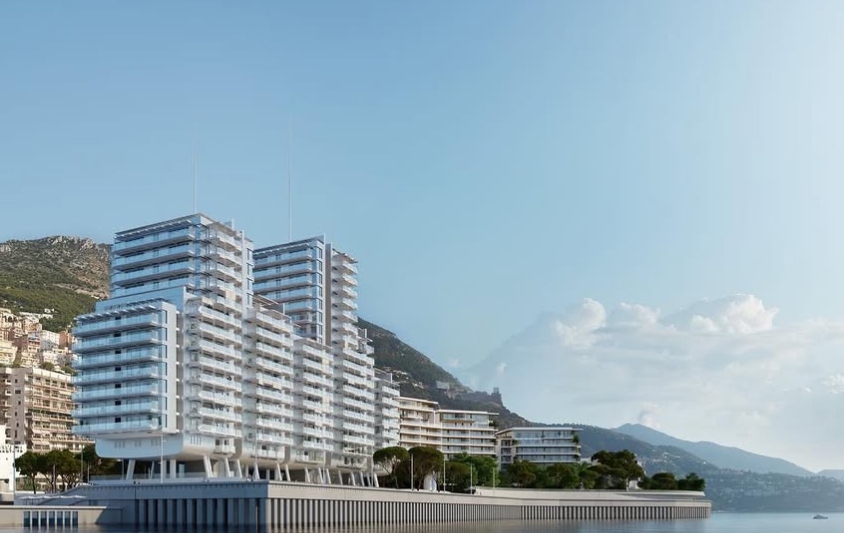
The source of the photo is @mareterramonaco Instagram.
Monaco, long known as a tax haven and a playground for the ultra-wealthy, has just grown—literally. A newly completed $2.1 billion development, Mareterra, has increased the principality’s land area by 3%, reclaiming nearly 15 acres from the Mediterranean.
This opulent expansion, inaugurated Wednesday by Prince Albert II, features a marina, a seaside promenade, and a collection of high-end residences. The project, first announced in 2013, relied on an ambitious engineering feat: massive concrete caissons were submerged offshore, then drained and packed with 750,000 metric tons of sand to create the new landmass.
Despite its small size—Monaco covers less area than New York’s Central Park—the city-state boasts a population of around 39,000, nearly 70% of whom are millionaires, according to property consultancy Knight Frank. The demand for real estate remains insatiable, and Mareterra aims to meet it with over 100 luxury apartments and 10 palatial villas.
Several renowned architects lent their expertise to the project, including Norman Foster and Tadao Ando. Italian architect Renzo Piano, famed for co-designing Paris’s Centre Pompidou, contributed a namesake residential building, Le Renzo. Though exact pricing remains undisclosed, Knight Frank estimates that properties in Mareterra will command upwards of 100,000 euros per square meter—more than double Monaco’s already sky-high average.
The project, privately funded, will still benefit the government through a 20% tax on all property sales. It also includes an expansion of the Grimaldi Forum, Monaco’s prominent conference center. Half of Mareterra’s land will be open to the public, featuring a park, cycling paths, and a curated selection of shops. Over 1,000 trees, imported from Tuscany, will adorn the district’s green spaces.
Monaco has a long history of reclaiming land from the sea. More than a quarter of the country’s territory now stands on artificial land, much of it constructed in the 1960s and 1970s with the Larvotto and Fontvieille expansions. Such projects have not been without controversy; environmentalists have long warned of the potential impact on the region’s marine biodiversity, which includes 60 species of coral. A separate land reclamation proposal was scrapped in 2009, partly due to ecological concerns raised by Prince Albert II, an advocate for ocean conservation.
Today, land reclamation in Monaco is strictly regulated. Developers of Mareterra say they took extensive measures to mitigate environmental disruption, consulting marine specialists and establishing artificial seagrass beds to provide new fish habitats. The district also incorporates sustainability features, with 80% of its heating and cooling sourced from renewable energy, including power generated by more than 1.2 acres of solar panels.
As Monaco continues to push the boundaries of its geography, Mareterra stands as a testament to the principality’s blend of luxury, innovation, and environmental consciousness—however precariously balanced.

